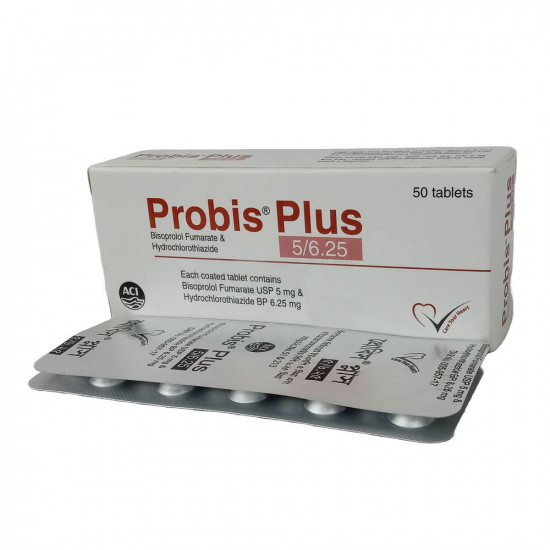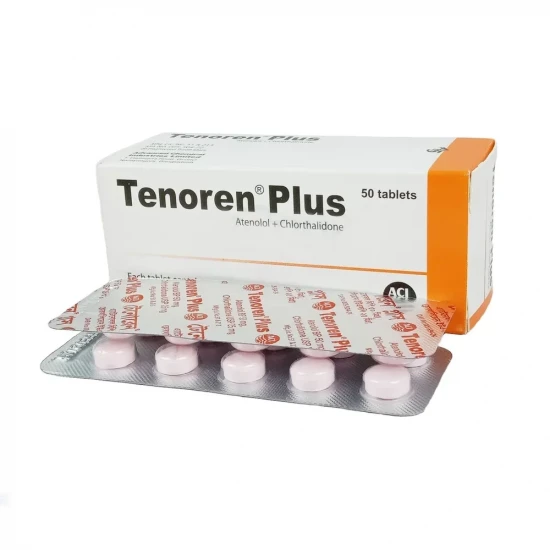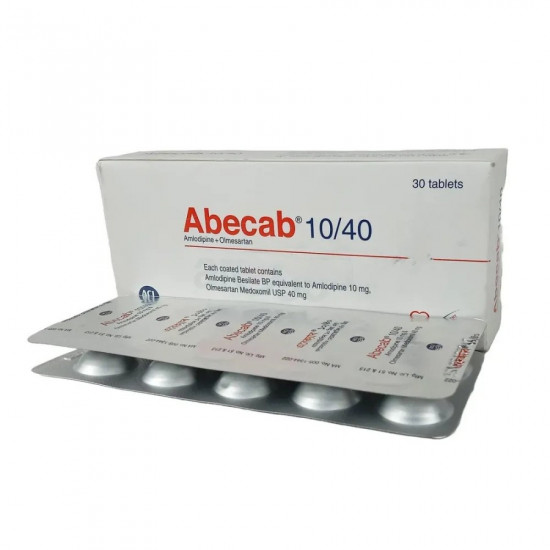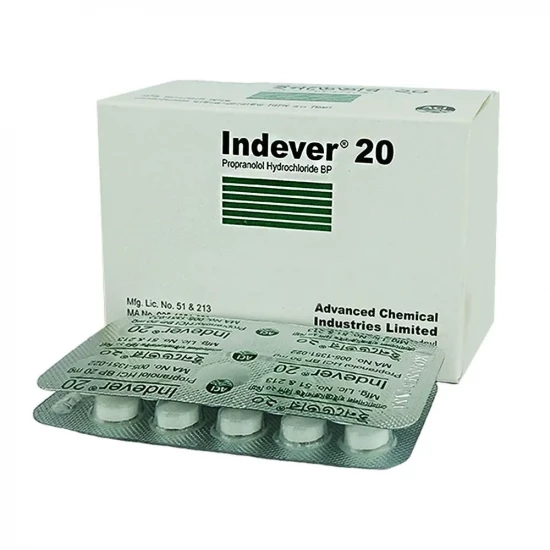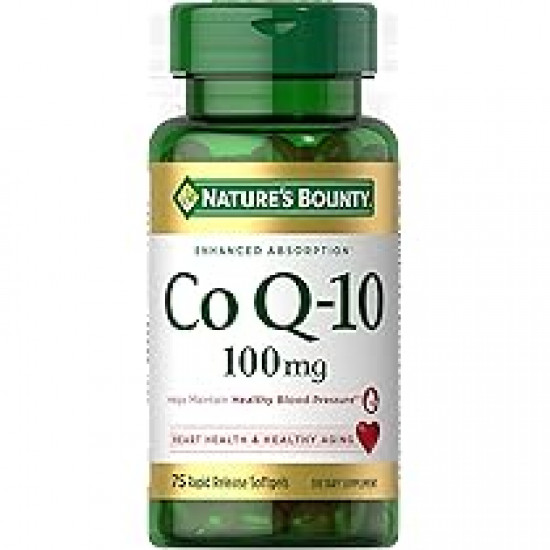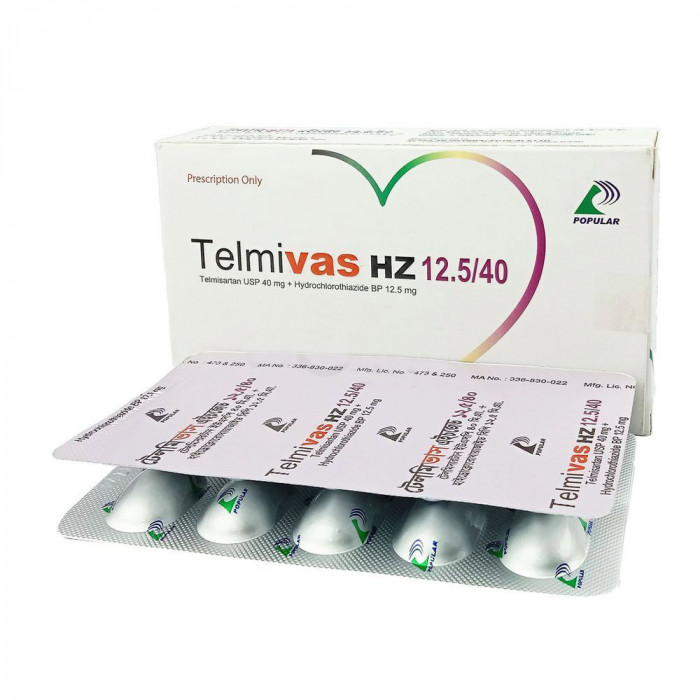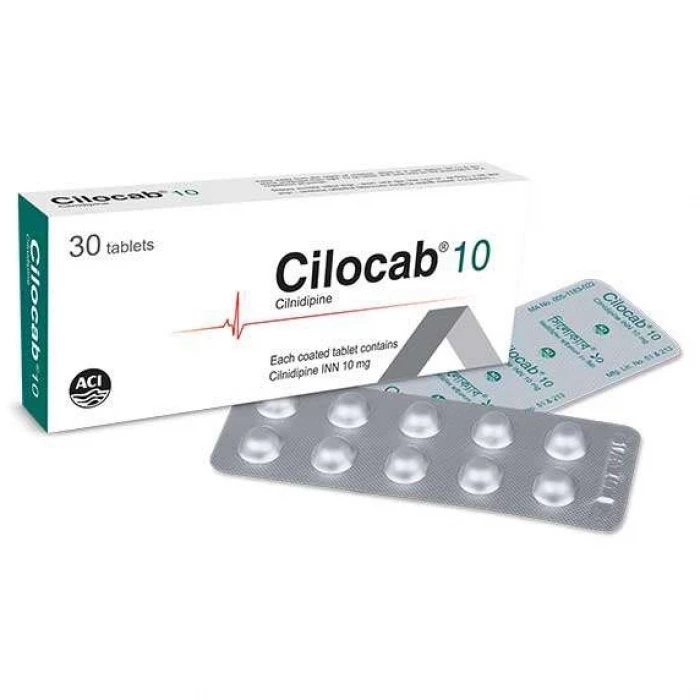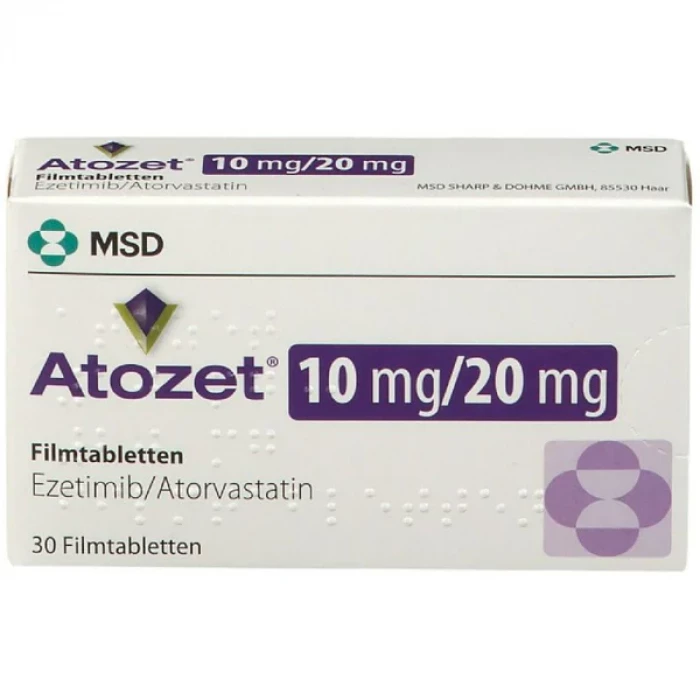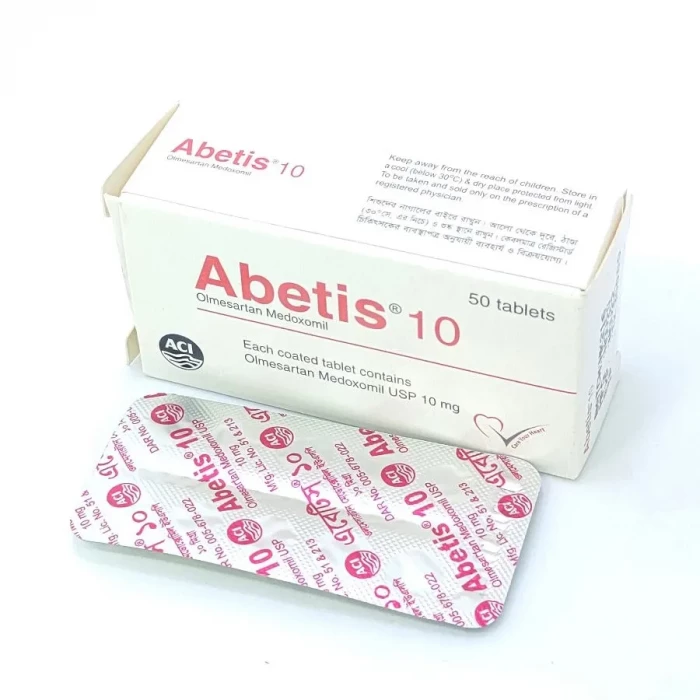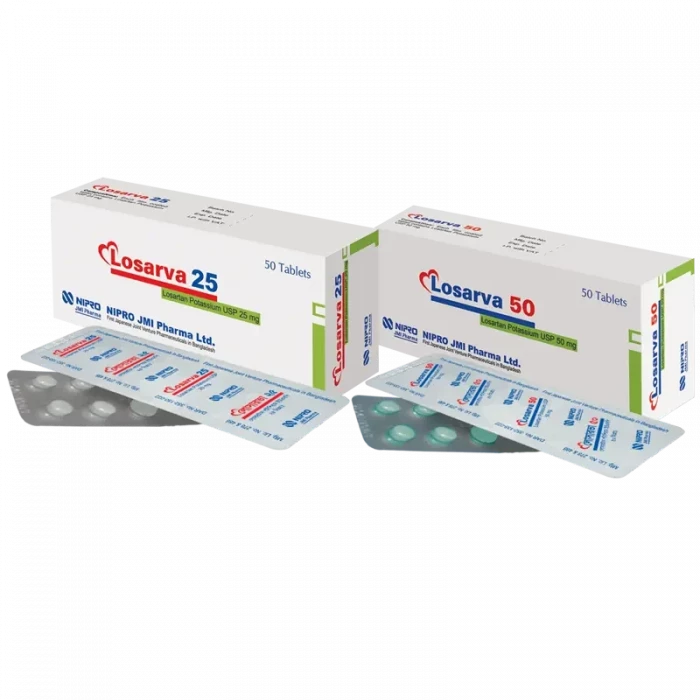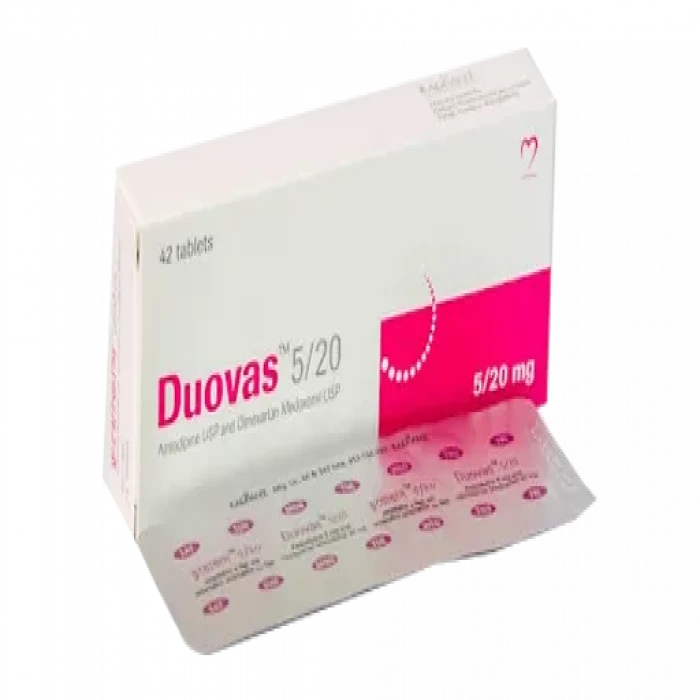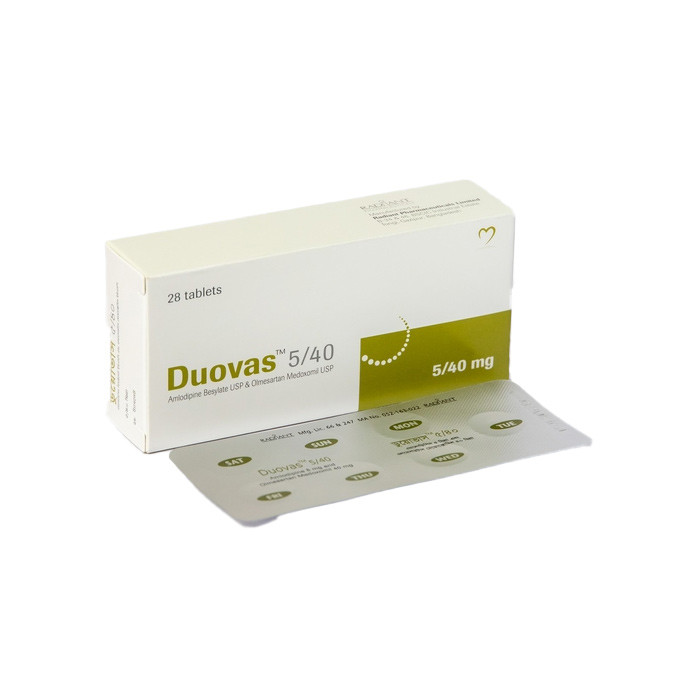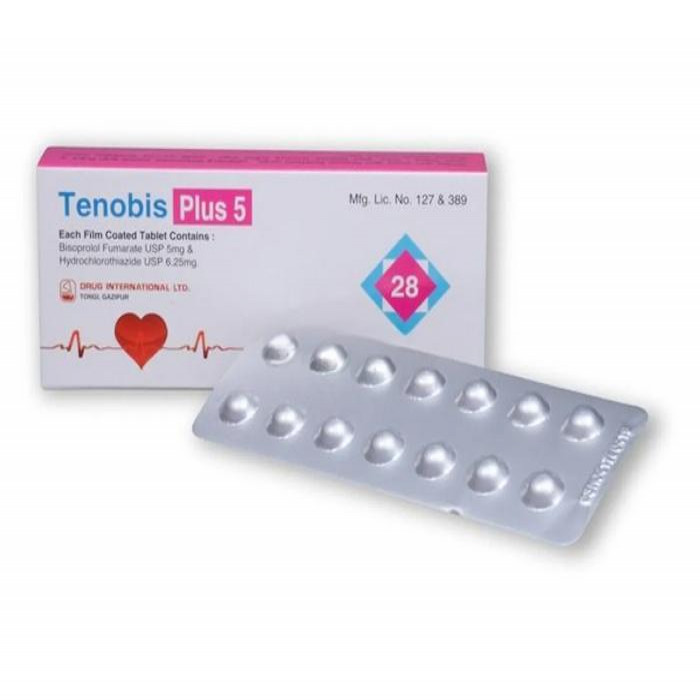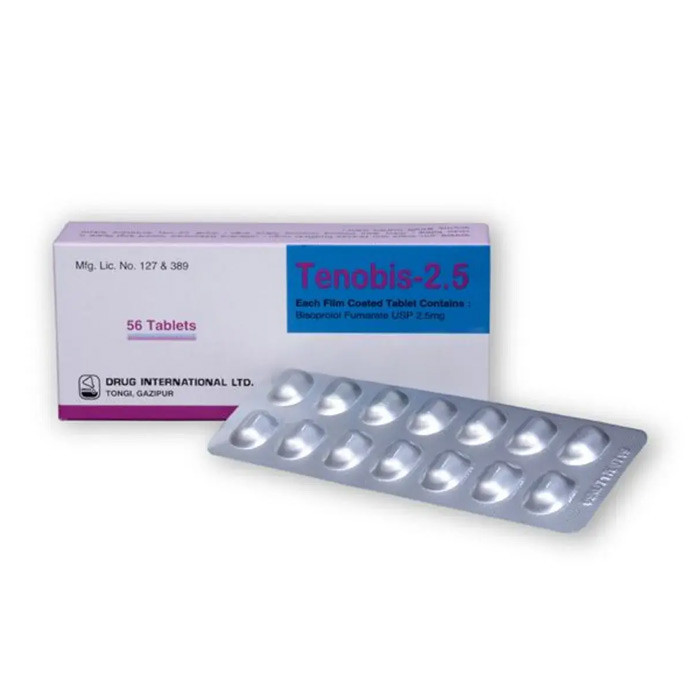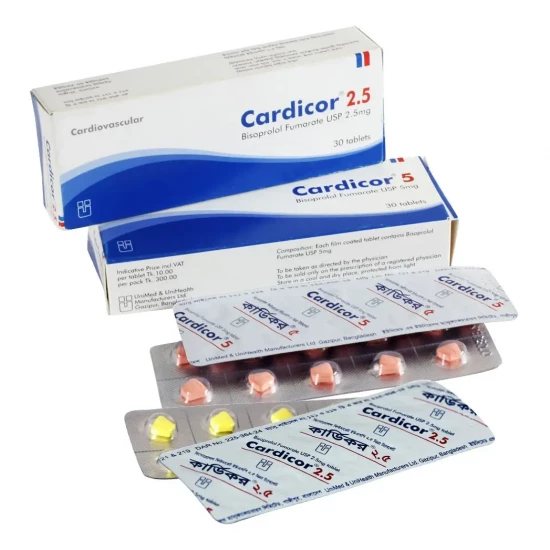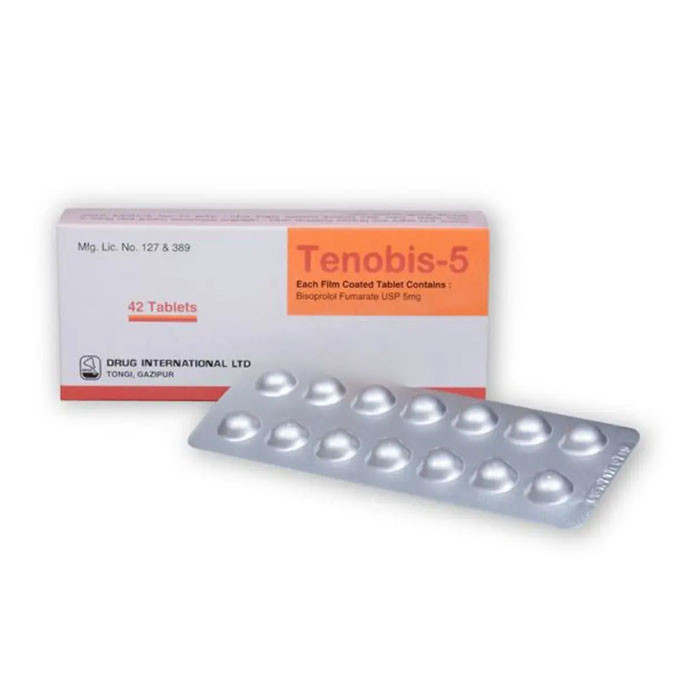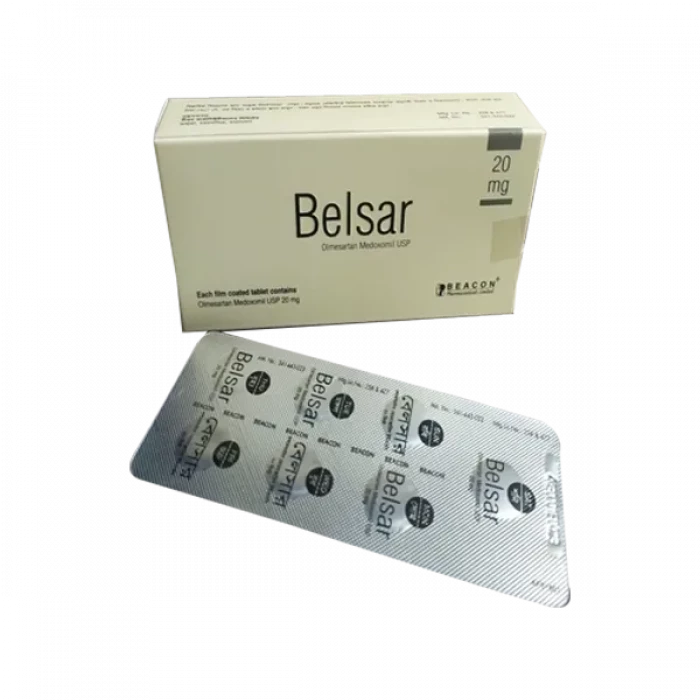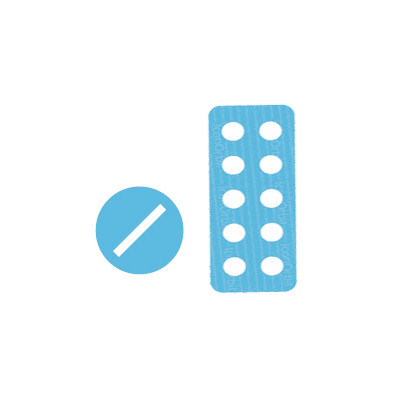
✔ 100% Authentic Product
👁️ Currently Viewing 2389
✅ Description:
Olmenor 20 is a medicine used to treat high blood pressure and heart failure. Lowering blood pressure helps to prevent future heart attack and stroke. This medicine is also effective in preserving kidney function in patients with diabetes. Olmenor 20 can be prescribed either alone or in combination with other medicines. It may be taken with or without food during the day or at night. However, try to take it at the same time each day to get the maximum benefit. It is important to continue taking it regularly even if you feel well or if your blood pressure is controlled. Most people with high blood pressure do not feel ill, but if you stop taking this medicine, your condition could get worse. This is a widely used medicine and is considered safe for long-term use. Making some changes in your lifestyle will also help lower your blood pressure. These may include regular exercise, losing weight, smoking cessation, reducing alcohol intake, and reducing the amount of salt in your diet as advised by your doctor. This medicine is tolerated well by most patients and has few side effects. Dizziness, particularly after the first dose, is known to occur in some people. This may be associated with headache. Let your doctor know if these side effects bother you or do not go away. No weight gain has been seen with the regular use of this medicine. Before taking this medicine, let your doctor know if you have any kidney or liver problems. Pregnant or breastfeeding mothers should not take this medicine. Your doctor may check your kidney function, blood pressure and potassium levels in your blood at regular intervals while you are taking this medicine.
Uses of Olmenor 20
- Hypertension (high blood pressure)
- Heart failure
- Prevention of heart attack and stroke
Side effects of Olmenor 20
Common
- Cough
- Diarrhea
- Dizziness
- Flu-like symptoms
- Headache
- Indigestion
- Nausea
- Runny nose
- Sore throat
- Stomach pain
How to use Olmenor 20
Take this medicine in the dose and duration as advised by your doctor. Swallow it as a whole. Do not chew, crush or break it. Olmenor 20 may be taken with or without food, but it is better to take it at a fixed time.
How Olmenor 20 works
Olmenor 20 is an angiotensin receptor blocker (ARB). It relaxes the blood vessel by blocking the action of a chemical that usually makes blood vessels tighter. This lowers the blood pressure, allowing the blood to flow more smoothly to different organs and the heart to pump more efficiently.
What if you forget to take Olmenor 20?
If you miss a dose of Olmenor 20, take it as soon as possible. However, if it is almost time for your next dose, skip the missed dose and go back to your regular schedule. Do not double the dose.

Quick Tips
- Take it at the same time every day to help you remember to take it.
- It can make you feel dizzy for the first few days. Rise slowly if you have been sitting or lying down for a long time.
- Your doctor may get regular tests done to monitor the level of urea, creatinine, and potassium in your blood.
- Avoid taking anti-inflammatory medicines such as ibuprofen along with this medicine without consulting your doctor.
- It may increase the level of potassium in the blood. Avoid taking potassium supplements and potassium-rich foods such as banana fruit juice, coconut water, and broccoli.
- Do not take Olmenor 20 if you are pregnant or breastfeeding.
- Do not stop taking it suddenly without talking to your doctor.

Brief Description
Indication
Hypertension, Diabetic nephropathy,
Adult Dose
Oral Hypertension Adult: Initial: 10-20 mg once daily may then be increased up to max 40 mg once daily if needed. Elderly: No dosage adjustment needed. Hepatic impairment: Moderate: Initial: 10 mg once daily may increase up to max 20 mg once daily.
Child Dose
Oral Hypertension Child: 6-16 yr <35 kg: 10 mg once daily; dosage range: 10-20 mg/day >35 kg: 20 mg once daily. Doses may be doubled once if necessary after 2 wk. dosage range: 20-40 mg/day
Renal Dose
Renal impairment: Mild to moderate (CrCl: 20-60 mL/min): Max: 20 mg once daily.
Contraindication
Pregnancy (2nd and 3rd trimesters); biliary obstruction.
Mode of Action
Olmesartan is a selective and competitive angiotensin II Type 1 (AT1) receptor antagonist that blocks the vasoconstrictor and aldosterone-secreting effects of angiotensin II. As a result, olmesartan relaxes blood vessels, hence lowering BP and increases blood supply and oxygen to the heart.
Precaution
Drugs that act on renin-angiotensin system can cause fetal injury and death when used in 2nd and 3rd trimesters of pregnancy. Olmesartan medoxomil should be discontinued as soon as possible once pregnancy is detected. Symptomatic hypotension may occur in patients who are volume- and/or salt-depleted. May be associated with oliguria, progressive azotaemia, and acute renal failure (rare). Patients with bilateral or unilateral renal artery stenosis may have increased risk of severe hypotension and renal insufficiency. Caution in renal impairment; monitor serum creatinine and potassium levels periodically. Avoid use in severe renal impairment (CrCl< 20 mL/min) and severe hepatic impairment. Caution in patients with aortic or mitral valve stenosis, obstructive hypertrophic cardiomyopathy. Patients with primary aldosteronism may not respond to angiotensin receptor antagonist. Not recommended in lactation. Lactation: No human data; use with caution
Side Effect
1-10% Dizziness,Headache,Fatigue, Diarrhea,Hyperglycemia, Hypertriglyceridemia,Back pain,Bronchitis,Inflicted injury,Flulike symptoms,Pharyngitis,Rhinitis,Sinusitis,Upper respiratory tract infection (URTI) Frequency Not Defined (selected) Anaphylactic reaction,Angioedema,Facial edema,Rhabdomyolysis,Hyperkalemia,Tachycardia,Hypercholesterolemia,Gastroenteritis,Hyperlipidemia Potentially Fatal: Acute renal failure.
Pregnancy Category Note
Pregnancy category: 1st trimester, C; 2nd and 3rd trimesters, D
Interaction
Increased risk of hyperkalaemia w/ ACE inhibitors, K-sparing diuretics, K salts or K supplements and drugs that may increase serum K (e.g. ciclosporin, eplerenone). May potentiate BP lowering effects w/ other antihypertensives. May decrease glomerular filtration w/ NSAIDs which can cause acute renal failure. May increase serum concentrations and toxicity of lithium.
⚠️Disclaimer:
At ePharma, we’re committed to providing accurate and accessible health information. However, all content is intended for informational purposes only and should not replace medical advice from a qualified physician. Please consult your healthcare provider for personalized guidance. We aim to support, not substitute, the doctor-patient relationship.




